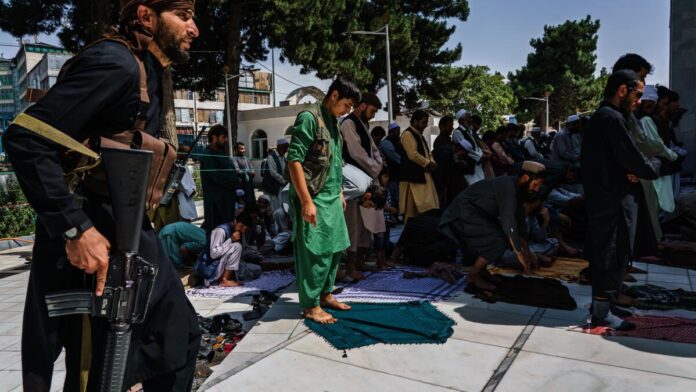
In a recent report released by the Special Inspector General for Afghanistan Reconstruction (SIGAR), a concerning revelation emerged regarding the influx of millions of dollars into Afghanistan over the past three months. Each shipment, averaging $80 million, was swiftly delivered to Kabul within a span of 10 to 14 days, according to the State Department’s communication to SIGAR. These funds, as reported by TOLOnews, are being kept in private banks in the UN’s accounts, with a deliberate exclusion of central banks and any involvement with the Taliban.
Simultaneously, the United Nations Development Programme (UNDP) shed light on a humanitarian crisis in Afghanistan, indicating that a staggering 69% of the population lacks access to sufficient resources for their basic necessities. The research underscores a severe economic contraction of 27% since 2020, leaving seven out of ten Afghans struggling to meet fundamental needs, including food, healthcare, and employment.
A significant point of contention arises as the Taliban provides a contradictory perspective on the utilization of aid funds delivered to Kabul through the UN. Zabihullah Mujahid, the spokesperson for the Taliban, asserts that the aid money is earmarked for education, health, and development projects. He emphasized that the Taliban merely evaluates the progress of activities conducted by aid organizations, vehemently denying any direct benefit from these financial resources.
About Humanitarian Crisis in Afghanistan:
The divergent narratives surrounding the utilization of aid funds paint a complex picture of the humanitarian situation in Afghanistan. While SIGAR’s report raises questions about the transparency and efficacy of the financial flow into the country, the UNDP’s findings underscore the urgent need for targeted and comprehensive assistance to address the dire circumstances faced by a significant portion of the Afghan population.
The discrepancy between SIGAR’s report and the Taliban’s statements further complicates the assessment of the situation. The challenge lies in discerning the actual impact of aid on the ground, especially when the economic downturn and lack of resources continue to exacerbate the plight of the Afghan people.
The international community faces the daunting task of navigating these contradictions and ensuring that aid reaches those who need it the most. As Afghanistan grapples with economic challenges and a growing humanitarian crisis, a coordinated effort is imperative to deliver effective assistance and foster sustainable development, all while maintaining transparency and accountability in the utilization of financial resources. The conflicting narratives underscore the importance of thorough monitoring and evaluation mechanisms to ensure that aid genuinely serves its intended purpose and contributes to the well-being of the Afghan population.

